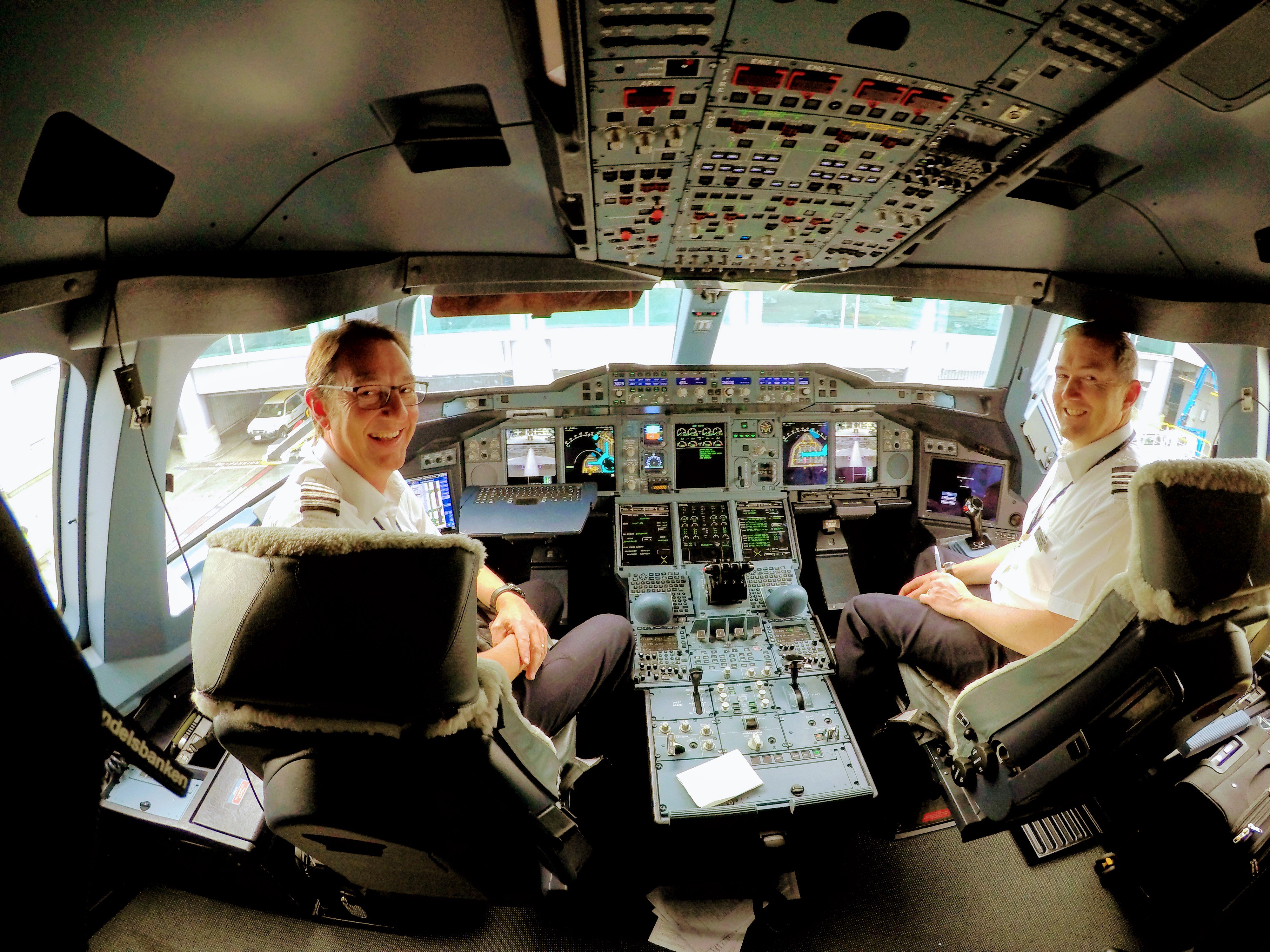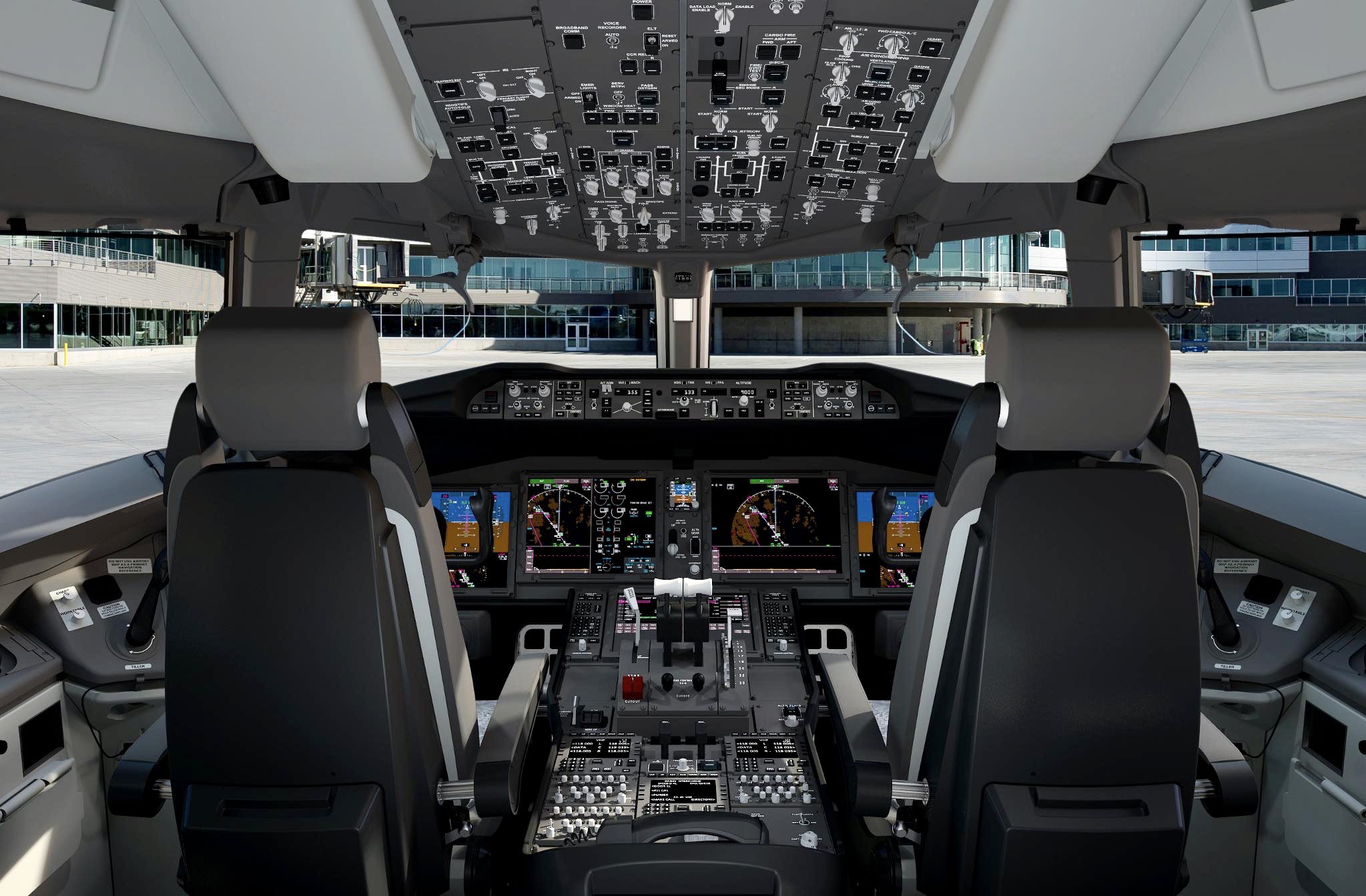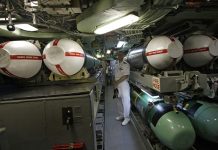Passenger planes in the 1950s were operated by a five-member cockpit crew — a radio operator, navigator, flight engineer, and two pilots. The advancements over the next few decades have brought down this number to two.
This has been the protocol for commercial aviation for the past 30 years, however, this too may change.
Transition From Two Pilots To A Single Pilot
US space agency NASA had conducted decade-long research on single-pilot operations and published a study in 2014 saying “the transition from a two-pilot cockpit to a single-pilot one will be significantly more challenging than the transitions from a five-person cockpit to a two-person cockpit”.
The study further explained that if this transition is done in a proper manner, “it could provide operating cost savings while maintaining a level of safety no less than conventional two-pilot commercial operations”.

The question at hand is how can airlines conduct this transition without making any compromises on safety. One way this can be done is by increasing automation inside the cockpit and using computers for carrying out most tasks.
The other way is to transfer duties of the first officer from the cockpit to the ground where the other pilot, working as a member of the “distributed crew” is responsible for them.
Experts believe the latter option to be more feasible, at least for a short duration, since most of the infrastructure required to implement it is already present. “Technologically you could argue that in a lot of cases we’re already there,” said Patrick Smith, a Boeing 767 pilot and author.
“But by doing that, you eliminate certain redundancies and I have a hard time with that, because I fly airplanes for a living and even with two pilots in the cockpit things can become extremely busy — to the point of task saturation for both of them”, he added.
NASA explained one possible scenario by saying that the pilot who is present in the cockpit is going to be supported by a “ground dispatcher”. This ground dispatcher will be a fully trained pilot who will be able to oversee multiple flights at once and will also be capable of controlling an aircraft remotely if required, in a situation when the pilot onboard is incapacitated.
The second option is that of a “harbor pilot”. This would also be a trained pilot with specialization in a specific airport and would be capable of assisting with all aircraft arriving and departing from that airport.
These setups were tested by NASA by placing pilots from real crews in separate rooms. It then presented them with challenging flight conditions on a Boeing 737 simulator.
While all pilots were able to land their respective aircraft safely, the study showed that there had been a “significant increase in workload” compared to regular two-crew operations, resulting in subjective assessments of safety and performance being significantly degraded”.
As the pilots missed the visual cues from each other, there was a certain degree of confusion or uncertainty regarding whether the tasks had been completed or not. Having a single pilot inside the cockpit will save money for the airlines only if the costs for the new ground operators and the advanced automation is not high, NASA said.
It added by saying that the airlines might also be able to save up some money with the help of smaller and lighter cockpits of the future aircraft.
Another scenario for implementing single-pilot operations is for long-haul flights. Here, the third pilot, who acts as a ‘filler’ when either of the two pilots is resting, is going to be removed. The remaining two pilots will function normally during the takeoff and landing, however, the two will alternately take breaks during the cruise duration of the flight.

“In that case, you’re going from two pilots to one pilot in certain regimes of flight”, Smith said. “But in the other regimes of flight and when necessary, there would always still be at least two pilots there. I’m open to that conversation — I’m a lot more amenable to that conversation than the idea of removing a pilot entirely,” he added.
This method is already being tested by Airbus and Cathay Pacific on the A350. “We are engaged in studies on operational patterns for flight crew on long-range flights”, an Airbus spokesperson told CNN.
“These studies are ongoing and based on a minimum of two operating crew per flight. They are being undertaken in conjunction with the regulatory authorities and airline partners. The goal is to certify the A350 for this kind of operation over the next few years,” the spokesperson said.
Pilots Disagree
Airlines are largely open to adopting single-pilot operations not just for saving money, but also because of the shortage of pilots. Aerospace firm Boeing has predicted that around 600,000 pilots are going to be required in the coming two decades.
However, data shows that there will be a global shortfall of approximately 34,000 pilots by the year 2025. Bringing down the number of pilots in certain airlines might be helpful in dealing with this shortage.

However, pilots are against this practice. “That’s because we’re advocating on our behalf to save our jobs, but also because we have a pretty good understanding of how commercial airplanes operate and the vastness of the challenges involved”, said Smith.
In 2019, the Airline Pilots Association, International (ALPA), which is the largest airline pilot union in the world, released a paper highlighting the various dangers that surround single-pilot operations.
Calling the idea “premature”, it said that the idea is based on “many costly and unproven technologies”. It also stated that “the most vital safety feature in transport-category aircraft now and for the foreseeable future [is] two experienced, trained, and rested professional pilots in the cockpit”.
The paper also said that there exists no autonomous system which can fully compensate for an incapacitated pilot. It also pointed out various instances when two pilots in the cockpit were required for recovering from sudden equipment malfunction which could have otherwise ended in a huge disaster.
- Written by Kashish Tandon/EurAsian Times Desk
- Contact the author at: kashishtandon21@gmail.com




